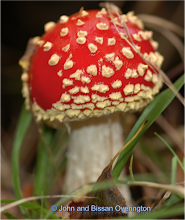
ATC code: L01XX40
Wikipedia: Omacetaxine_mepesuccinate
Omacetaxine mepesuccinate/homoharringtonine is a cephalotaxine ester of prepared by a semi-synthetic process from cephalotaxine, an extract from the leaves of Cephalotaxus sp found in Southern China. Its molecular formula is C29H39NO9, with an IUPAC name of 4-methyl (2R)-hydroxyl-2-(4-hydroxyl-4-methylpentyl) butanedioate, its molecular weight is 545.6 Da. It is absorbed following subcutaneous administration, and maximum plasma (Tmax) concentrations are achieved after ~30 minutes. The volume of distribution (Vd) is variable at 141 +/- 93.4 L following subcutaneous administration of 1.25 mg/m2 twice daily for 11 days.
The mechanistic target of omacetaxine mepesuccinate is not fully known, however its action includes inhibition of protein synthesis. It was found to bind to the A-site cleft in the peptidyl-transferase center of the large ribosomal subunit in archaeabacteria and is understood to prevent the correct positioning of amino acid side chains of incoming aminoacyl-tRNAs, thus inhibiting the elongation step of peptide synthesis.
It was shown in vitro to reduce the protein levels of a number of oncogenic proteins including BCR-ABL and MCL1. Because it does not bind BRC-ABL directly, it is active both in wild-type and resistant tumours harbouring the ABL drug resistance mutant: T351I as seen in mouse models.
Prescribing information is here
SynriboTM is marketed by IVAX pharmaceuticals


Comments